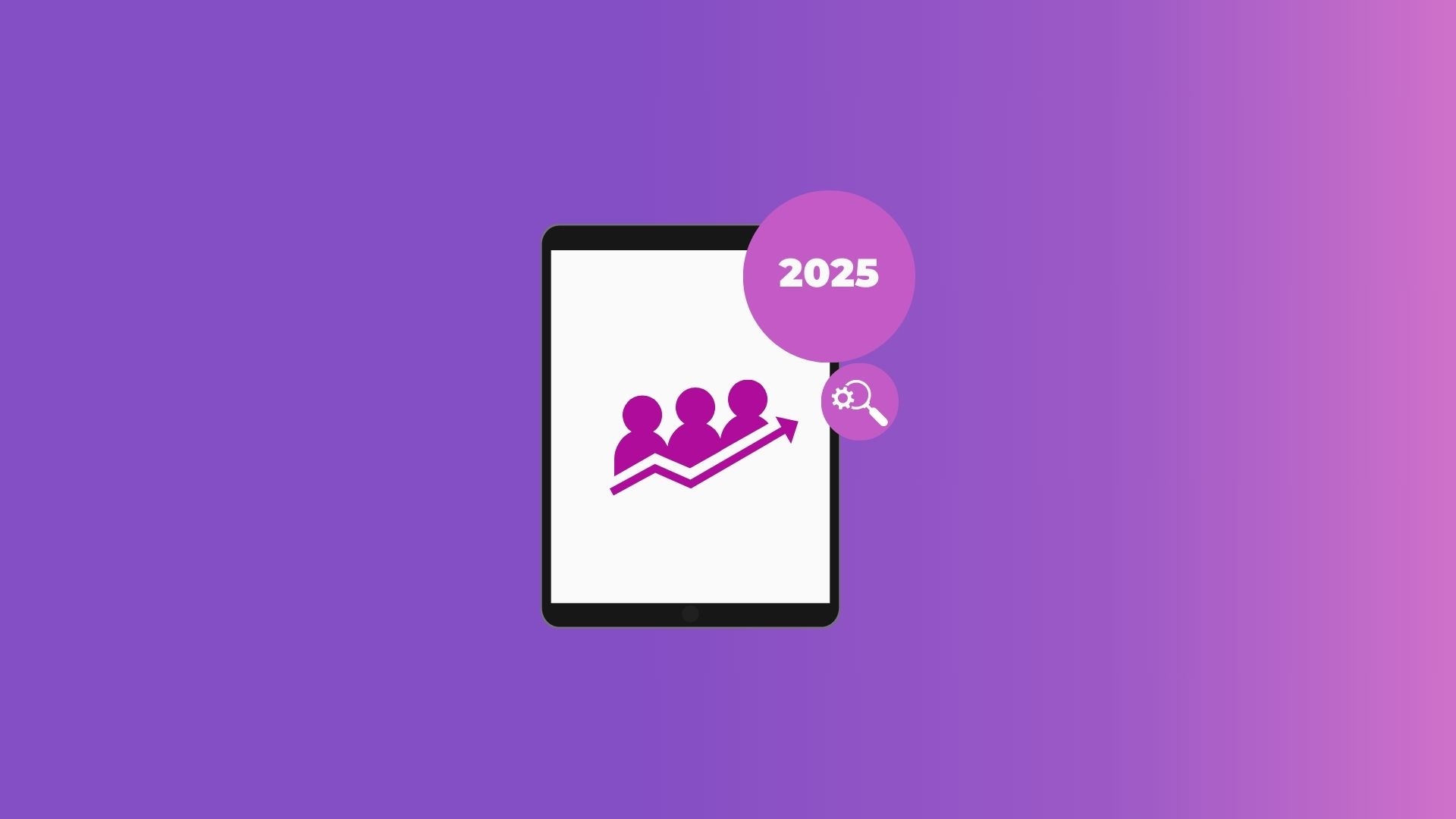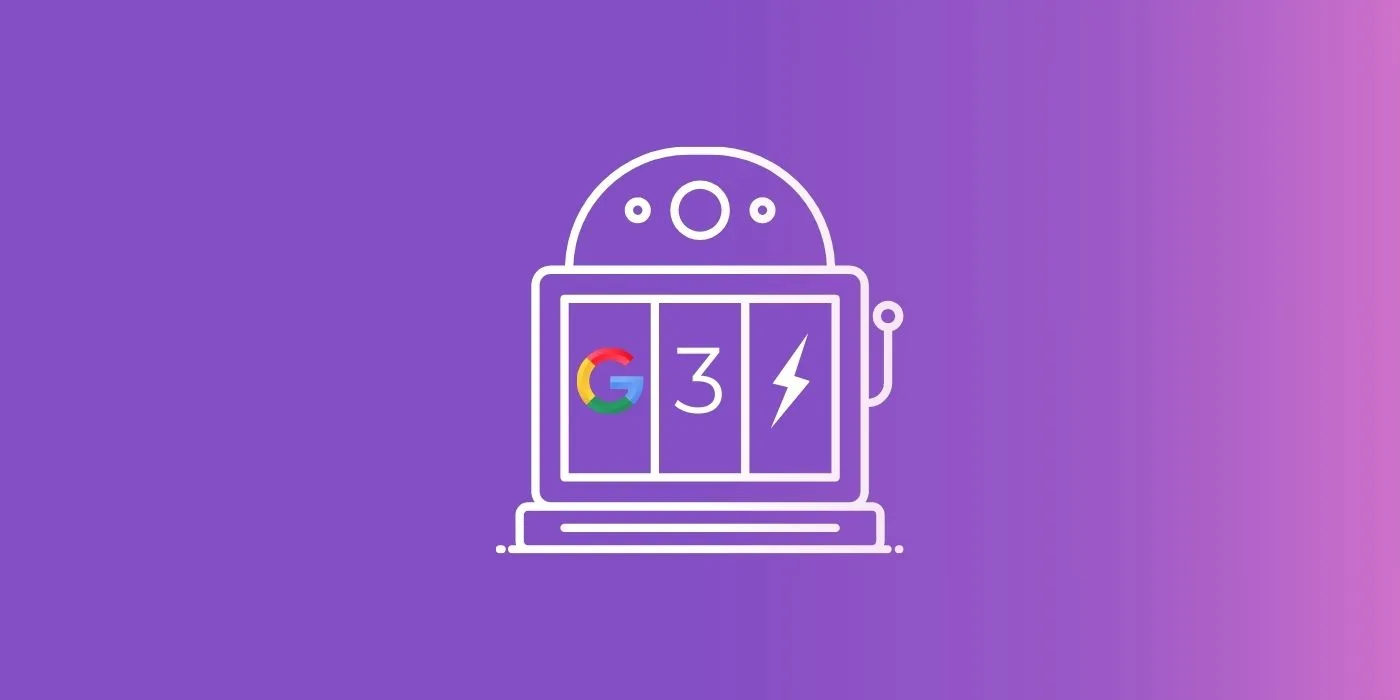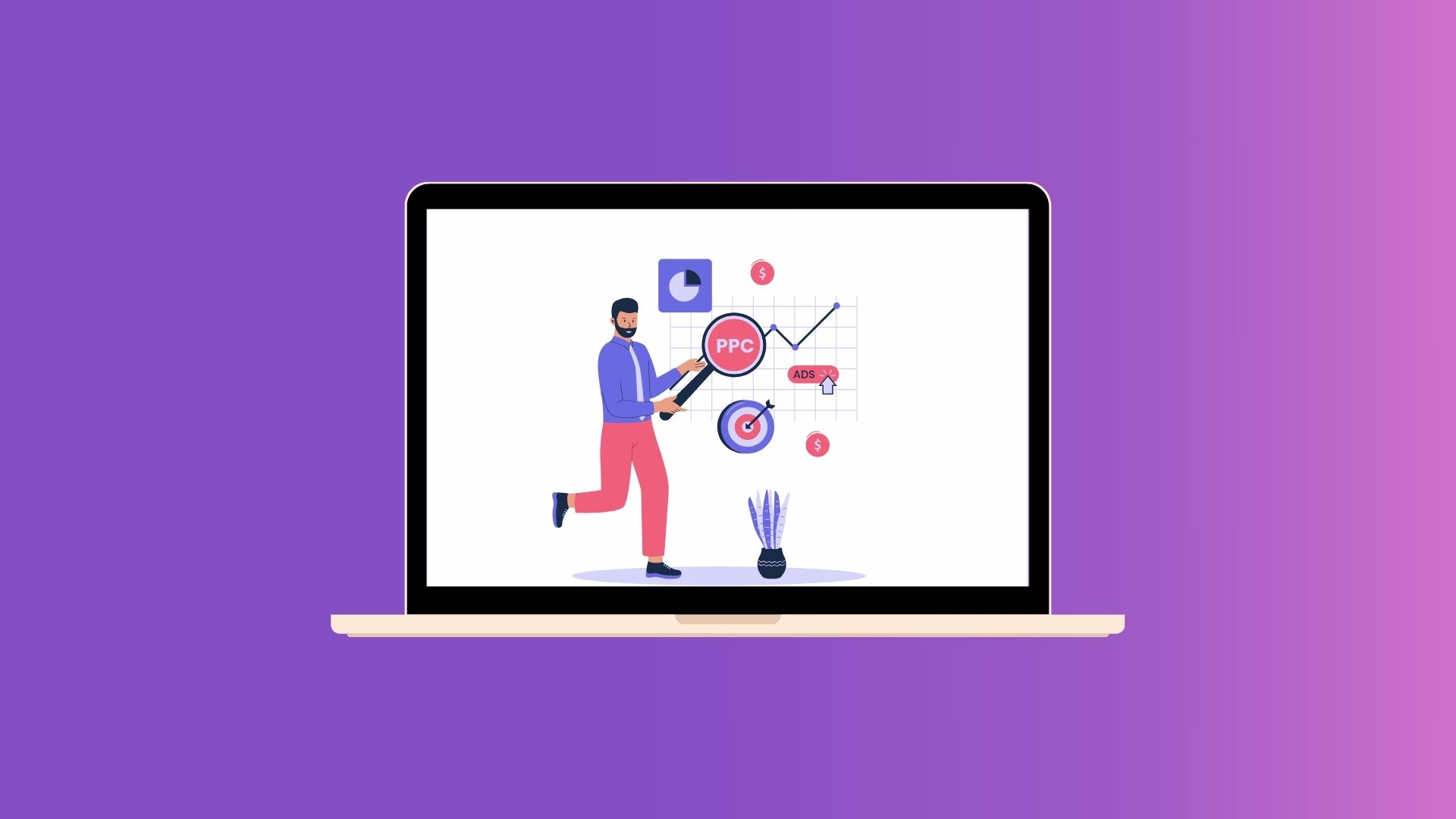Demand Generation Marketing in 2025: Definition, Best Strategies, and Metrics

Understanding Demand Generation in Digital Marketing
Find out how to fuel your audience’s curiosity through an engaging and timely demand-generation strategy in digital marketing and content marketing.
Alignment and collaboration between sales and marketing teams are crucial in demand generation efforts to ensure seamless lead handoff and maximize effectiveness.
What is demand generation in digital marketing?
Demand generation in digital marketing focuses on creating awareness and interest in a product or service without direct sales messaging.
It aims to build long-term customer relationships by educating them about their pain points and solutions through informative content.
This strategy enhances brand reputation and authority, leveraging inbound marketing techniques to organically grow influence on digital platforms.
Key benefits of trying demand generation strategy
Demand generation programs won’t get you instant revenue or conversion. Creating demand is equivalent to creating awareness, a process that will eventually lead to sustainable growth for your business.
The journey towards long-term growth is paved with detours you must complete. A successful demand generation campaign can help you achieve these specific goals, as you can see in these benefits that it can provide to your business:
- Increase brand awareness and visibility across different traditional and digital channels
- Reel in new customers whose needs perfectly fit your product features and improve customer acquisition
- Build an industry-related reputation and get a step ahead of your competitors
- Bridge the gap towards lead generation and draw high-quality leads
- Develop trust and loyalty among potential and existing customers
Businesses across several industries could benefit from demand-generation activities. There’s a reason why B2B demand generation has become a staple strategy among marketing and sales teams.
Other niches that maximize their demand generation marketing efforts are B2C, SaaS, healthcare, real estate, startup, and manufacturing companies.
How Does Demand Generation Work, Exactly?
Demand generation is the educational aspect of the marketing funnel, but you can’t just put up helpful content out of the blue. For the best results, it’s recommended that you plan a step-by-step demand gen strategy, just like this strategy that we referenced for you:
- Step 1: Determine your target audience to understand customer pain points
- Step 2: Identify the viable digital channels for your demand generation campaigns
- Step 3: Set goals that you can realistically attain and measure
- Step 4: Craft a timely and engaging content strategy that will touch on customer interests
- Step 5: Use demand generation tools to measure and evaluate your campaign
- Step 6: Optimize your demand campaign based on evolving customer and market trends
The work doesn’t stop once you have reached the last step, though. Like other marketing tactics, demand generation depends a lot on the evolving needs of the customers, along with the movements in the market. Constantly monitoring the market (customers, industry, and competitors) and leveraging marketing automation will help you develop a successful demand-generation marketing strategy.
Importance of inbound marketing
Spammy messaging and automated posts are a thing of the past. Your niche audience needs to see your brand speak to their hearts, and there’s no better way to do that than to answer their urgent questions.
Helpful content serves as a bridge from your product to the attention of your customer base. This is the core principle of inbound marketing, a customer-centric approach to expanding your reach and getting high-quality leads through a well-planned content strategy.
Contrary to outbound marketing tactics like cold calling and television ads, inbound marketing pushes valuable content forms like informative blogs, podcasts, webinars, thought leadership, interactive content, and video content. For example, a step-by-step guide about project management is more engaging than a mass email blast with a generic subject line.
Inbound strategies have more power to attract long-term customers, which connects with the very nature of a demand generation program.
Preparing for Demand Generation Marketing
Creating demand requires effective preparation from both your sales and marketing teams. Collaboration between these teams is crucial for successful demand generation. Here are a couple of important points to get started with lead nurturing.
Building authority and providing value
Demand generation aims to build brand authority and credibility. You can only do that by providing value to your customer base, even if they haven’t committed yet to purchasing your product. How can you do that, though?
If you have the mindset of establishing long-term relationships with your customers, demand gen becomes second nature. When looking for answers to their questions (even the very specific ones), they should be able to turn to your platform and lean on the content you’re pushing.
For instance, hosting thought leadership webinars or skills workshops is one way to establish credibility in your industry. Inviting a known expert or leader as a guest in your webinar would surely attract people to your brand.
Sure, demand gen is a marketing tactic in its technical sense. But deviating from that “marketing mindset” and focusing on helping people instead would result in increased brand awareness and authority.
Leveraging competition and compelling testimonials
To stand out and roll out a unique demand-gen marketing strategy, you could start by analyzing the competition. How do your competitors engage with their customer base? What are the topics that their social media campaigns cover?
Conducting a competitive analysis is necessary to differentiate your brand from the others. In turn, you’ll be able to craft content that your potential customers haven’t seen from your competitors.
If you want to take it up a notch, you could dive into customer testimonials and success stories. This content does not involve directly advertising your product the conventional way. Rather, it’s focused on how you have helped customers solve their problems, integrating a human touch into your marketing efforts.
5 Best Demand Generation Strategies
There’s no single most effective strategy when it comes to demand generation. A comprehensive demand gen strategy involves various approaches, including sales enablement tools, customer relationship management software, marketing automation, personalization, and understanding customer needs. You need many options, such as the ones we listed below to boost customer engagement.
1. Build an online presence with targeted content marketing
While it is true that there are now 5.44 billion internet users around the world, each of these users has niche topics in mind. You can’t expect the general audience to be fully aware of your brand, which makes targeted content all the more important.
If you’re still new to targeted content marketing, it will be easier to see a step-by-step approach. Here’s how you strategize your targeted content push:
- Understand your audience, along with the digital platforms (such as social media) they’re most active in
- Conduct an in-depth keyword research centered around the current trends in your niche
- Set objectives and align them to each stage of the marketing funnel
- Craft different forms of quality content that fits each digital platform
- Monitor campaign performance and optimize low-performing content
To organically increase your business growth, you should also integrate SEO practices. There are many potential customers on major search engines like Google, so practicing SEO principles can boost your demand-generation efforts and eventually help you reel qualified leads for your lead-generation strategy.
2. Keep your audience informed with interactive engagement tools
Another way to generate leads and demand is through interactive engagement tools. Your goal here is to let your audience see your content and engage with it.
Here are several interactive engagement strategies that you can use on social media or through your website:
- Webinars and live streaming
- Polls or surveys
- Quizzes and games
- Q&A sessions with a trusted industry expert or figure
- Trending hashtags
If combined with the right messaging and tone, these interactive content ideas will encourage engagement from an existing or even a potential customer. They might even share or repost your content, giving you free word-of-mouth marketing.
Several marketing automation tools can help you out with interactive engagement. Most social media platforms offer free tools to help you monitor campaign performances, but you can also try third-party apps like SocialPilot, PostPlanner, or Buffer. Most companies are now using automation in their processes, so don’t hesitate to take advantage of these tools.
3. Boost brand visibility with incentives and promotions
Launching discounts, deals, and other incentivized activities doesn’t just attract a potential customer but could also boost customer retention. Your marketing and sales team could offer incentives and promotions, including the following:
- Promo codes and coupons
- Loyalty or reward programs
- Free trials
- Referral programs
- Special bundle deals
- Flash discounts and limited-time sale events
The secret to successful promotional marketing programs is to strike while the iron is hot. Your sales initiatives should resonate with your audience.
For example, you can give out birthday discounts as a part of your email marketing strategy. This initiative will surely make your customers happy and remember your brand for a long time.
4. Build trust and a loyal community
Demand generation is about building trust and loyalty in your community. We have talked about becoming a reliable source of solutions for your customers, but there is another way to foster trust. That is to maintain consistent brand messaging.
Consistency in your various marketing materials can differentiate your brand from your competitors. This will not allow any confusion about your brand, and people can easily point to your product if your features fit their needs.
Consistency is not just about the messaging, though. You must show consistency in your efforts to engage (and re-engage) with your customers. This includes prompt answers to their questions, or immediately helping them figure out how your product or service can solve their problems.
5. Integrate AI and predictive analytics
AI (Artificial Intelligence) plays a huge role in businesses today. Almost every industry reports a 20% usage of AI, including the marketing and digital advertising niche.
Make your demand gen campaign more personalized and efficient with AI and predictive analytics. For instance, a B2B demand generation program could benefit greatly from customer segmentation, an element AI tools can easily automate.
Along with customer segmentation, AI can also help you out in these demand gen areas:
- Targeted content marketing
- Personalized email marketing
- Lead scoring and lead nurturing
- Chatbots
Don’t be intimidated by AI. Once you learn how to utilize this tool, its data-driven insights and reports can help enhance your decision-making and optimize your marketing strategies.
Demand Generation vs. Lead Generation
Demand generation and lead generation are distinct but interconnected stages in the marketing funnel.
Demand generation focuses on creating awareness and interest among your target audience, sparking initial curiosity about your product or service.
Lead generation follows, collecting specific information from interested prospects to convert them into new customers.
These two components intersect at the “consideration” stage, where potential customers, aware of their pain points and possible solutions, begin to evaluate your product.
For example, a demand generation strategy might involve a free online workshop to educate people on a relevant topic. In contrast, a lead generation strategy might use the same workshop but include a survey or offer a free product trial to capture participant information.
Growth Marketing vs. Demand Generation
Growth marketing and demand generation both aim to drive sustainable growth but differ in their scope within the customer journey.
Growth marketing encompasses the overall growth of the business, focusing on nurturing prospects and retaining customers throughout the entire lifecycle. It streamlines the marketing and sales process to ensure long-term success.
On the other hand, demand generation focuses on the early phases of the customer journey. It aims to build product awareness and generate interest through educational and informative content. Demand generation strategies enhance brand reputation and authority, laying the foundation for long-term growth.
Both strategies are essential and should be used together. Successful businesses often partner with digital marketing agencies like Fortis Media, which specializes in combining growth marketing and demand generation to drive organic growth and client retention.
Tailoring Demand Generation Strategy for B2C and B2B
B2C and B2B companies have a similar customer-centric approach but differ in terms of end-users. B2C targets individual customers, while B2B aims to market to other businesses. Additionally, the alignment and collaboration between sales and marketing teams play a crucial role in tailoring demand generation strategies for both B2C and B2B.
This is why these two markets differ in their approach to demand generation. If you’re wondering where their demand gen differences lie, take a look at this list:
- End users or target users
- Sales cycle
- Relationship-building
- Marketing channels
Since B2C companies target individual consumers, their demand gen program should focus more on social media and interactive content. On the other hand, demand gen for B2B companies needs to optimize their account-based marketing and invest more in niche-related conferences and workshops.
Ways to Measure Success in Demand Generation Marketing
Launching your demand generation marketing campaign is just the tip of the iceberg; the next step is to measure and evaluate its performance, including tracking conversion rates.
Lead generation metrics
While it’s true that demand generation is technically different from lead generation, they share a common goal of eventually acquiring potential customers. For example, demand generation metrics are not that different from the ones used in lead generation.
Here are several lead gen metrics that you can use to measure your demand gen campaign:
- Conversion rates
- Lead quantity and quality
- Click rates for email marketing
- Social media reach and engagement
Typically, these metrics are used to evaluate leads and ultimately, the cost to acquire customers. The great thing is these metrics, including lead scoring, can also help you assess how effectively you’re building up interest and awareness in your demand-generation strategies.
Financial performance metrics
Demand generation may not directly lead to conversions, but your business’s financial performance has a say in the effectiveness of your demand gen program. Assessing the return on investment is crucial when evaluating the success of your demand generation strategy. Take a look at these financial performance metrics that you could use to assess the demand generation strategy of your product or service.
- Customer Acquisition Cost (CAC)
- Return on Investment (ROI)
- Overall revenue generated
- Sales-qualified leads
- Cost per Lead (CPL)
Take CAC as an example — you can minimize your CAC spending if you have streamlined your demand generation efforts. Looking at these financial metrics can help optimize your demand gen campaigns and make work more efficient for your marketing and sales team.
Engagement and interaction metrics
Demand generation is about attracting your audience’s attention, so it’s good practice to measure how much you’re engaging with these people. You can distribute content and messages across multiple channels, the main reason why these engagement metrics come with a variety:
- Website traffic and individual page views
- Bounce rate and session duration
- Form submission rate
- Email open and click-through rate
- Social media engagement
When analyzing these metrics, there’s a good chance that you’re performing nicely in some areas while also encountering difficulties in other facets. These metrics vividly show how your audience resonates and relates with your messaging.
Customer value metrics
As you know by now, one of the objectives of demand generation is establishing long-term customer relationships. Remember that retaining customers is less costly than acquiring new ones.
To make sure that you’re creating meaningful relationships with your customer base, you should analyze these customer value metrics
- Average deal size
- Customer Lifetime Value (CLV)
- Retention rate
- Churn rate
- Net Promoter Score (NPS)
- Customer Engagement Score (CES)
Demand generation is at the forefront of the marketing and sales cycle, meaning your customer relationship starts here. Analyzing customer value metrics, including customer lifetime value, will help guarantee that your product or service meets your niche consumers’ needs. Some businesses still struggle to measure the success of their campaigns, but these metrics should help you get started.
Final Thoughts on Demand Generation Marketing
Before estimating how much revenue you can bring in, consider building a relationship with your customers first. That starts with demand generation marketing, a golden opportunity to increase brand awareness while establishing long-term partnerships with your customer base.
The work is difficult; some successful businesses tap into digital marketing experts like Fortis Media for data-driven, actionable insights. If you get your demand gen campaign in the right place, you’ll bring in a loyal community for your brand.
FAQs About Demand Generation
How is demand generation different from traditional marketing?
Demand generation focuses on creating awareness and interest without direct sales pitches, while traditional marketing often emphasizes direct promotion and sales tactics.
What role does content marketing play in demand generation?
Content marketing is crucial for demand generation as it educates potential customers, addressing their pain points and building brand authority without overtly selling.
Can demand generation strategies be used for B2C as well as B2B?
Yes, demand generation strategies are effective for both B2C and B2B markets, though the approaches and channels may differ based on the target audience.
How long does it take to see results from demand generation efforts?
Demand generation is a long-term strategy, and it may take several months to see significant results in terms of increased awareness and interest.
What are some common tools used in demand generation?
Common tools include marketing automation platforms, CRM systems, content management systems, and analytics tools to track and optimize campaigns.
Read our other articles

iGaming SEO: The Ultimate Guide to Ranking iGaming Sites in 2025


How SEO and PPC Work Together: A Practical Guide


What is a PPC Agency? A Comprehensive 2025 Guide






